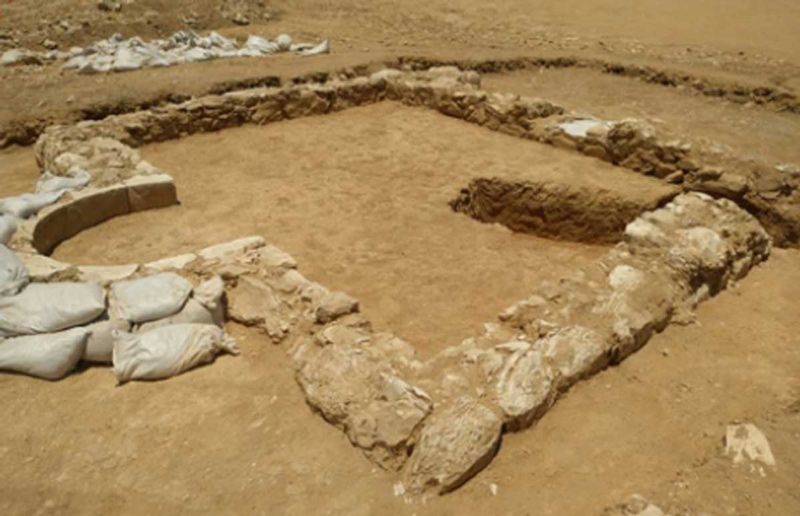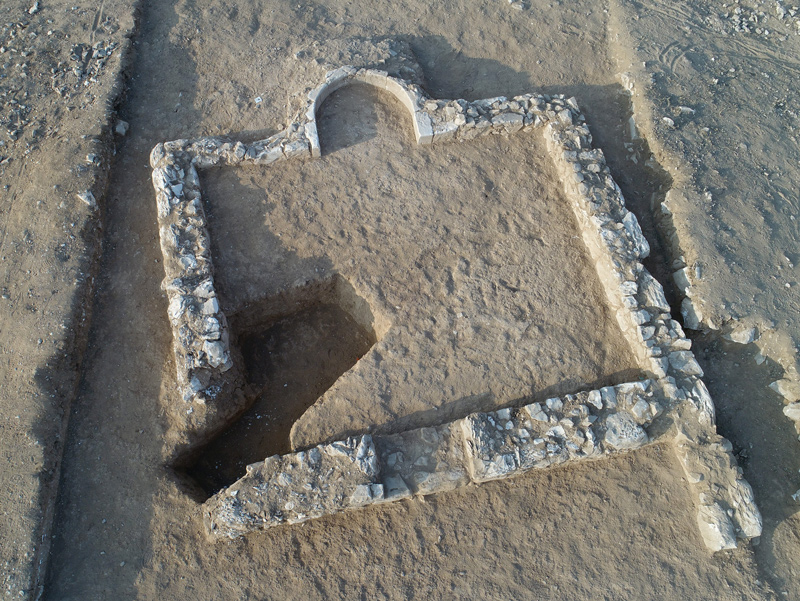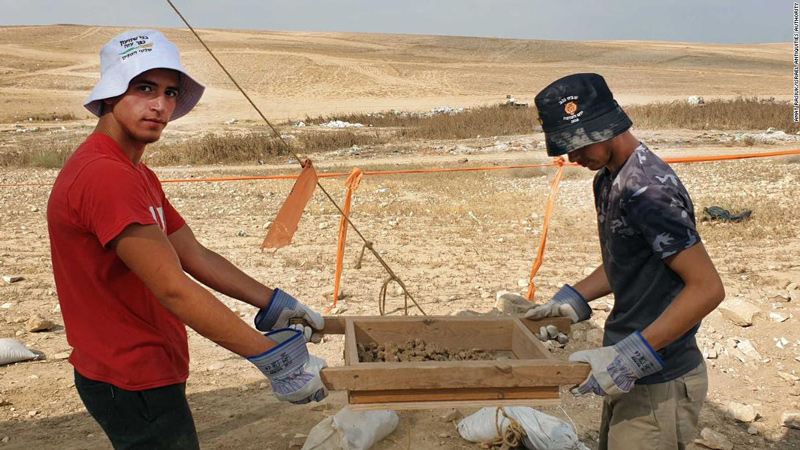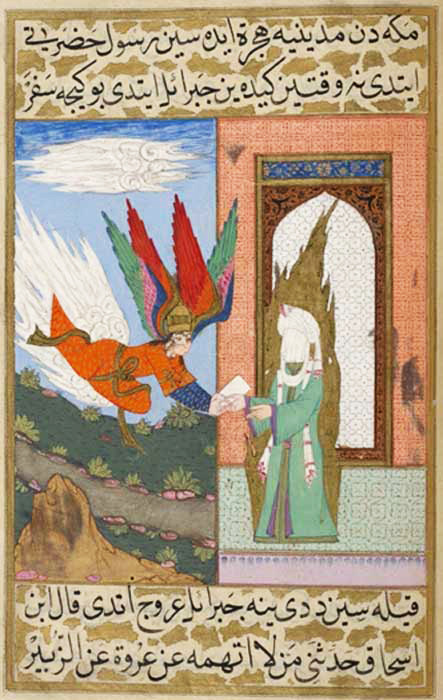

The remains of a 1,200-year-old mosque have been unearthed in Israel’s Negev desert and it’s being celebrated as one of the earliest known mosques in the world.
Hidden beneath the sands of Rahat, Israel, north of the Negev desert city of Be’er Sheva, while surveying the area before construction work began on a new neighborhood, archaeologists from the Israel Antiquities Authority told reporters that they have discovered a “small rural mosque dated to the 7th to 8th centuries”.
The Discovery of the Ancient Mosque
Dr. Jon Seligman and Shahar Zur directed the excavations and the former is calling the discovery “an extremely unusual one” and “a rare finding anywhere in the world”. An article on FoxNews explains that while houses of prayer from this period have been found in Jerusalem and in Mecca this one served simple farmers who lived in the area, contrasting with the grandeur of 8th century urban mosques of that era. Rather than displaying a mind boggling complex of interlocking geometric architectural plans and elevations, this newly-discovered house of worship was “a simple rectangular building”.

Without a vast dome like we see in the 8th century ‘ Great Mosque ’ or ‘Ummayad Mosque’ in Damascus, Syria, this humble little mosque was an “open-air building” which a Live Science article says is “identifiable by its mihrab, or prayer niche, which faced south, toward Mecca”. The Qibla means ‘direction’ and determines ‘where’ Muslim’s should face when praying during ṣalāh and this is always pointing towards the Kaaba in Mecca.
The Ancient Mosque In Context
The team of archaeologists also discovered an agricultural settlement and ruins of a 5th or 6th century farm which was operational when Israel was still a part of the Byzantine Empire . The settlement is thought to have been built within a “few years after Muhammed, the founder of Islam, died in 632 AD, during the Arab conquest of the Levant region (which includes Israel) in 636 AD,” according to Live Science .

Buildings in the settlement were subdivided into rooms with internal and public storage spaces, open courtyards with tabbuns (open-air ovens) still among the ruins. Gideon Avni, the head of the archaeology division at the IAA, and a lecturer at The Hebrew University of Jerusalem, said in a statement that during this “turbulent period of history the mosque hints at the cultural and religious changes that came with Arab rulership”. He points to early Islamic documents which suggest senior Arab officials were assigned plots of land and he thinks the mosque and settlement might “relate to this redistribution of property”.
The Rise And Spread Of Islam
Islam began in the 7th century in Mecca near the Red Sea in the Arabian Peninsula and displaced polytheism (worship of many gods) with devotion to ‘one’ God – Allah, who is worshiped as the creator of ‘all’. Mecca is believed to be the birthplace of Allah’s conduit on earth, the Prophet Muhammad, who fled to Medina to escape persecution and it was there that his spiritual teachings amassed a huge following.

A World Atlas entry tells us that through “trade merchants and Arab conquests” from Medina, Islam spread to the rest of the world and the first mosque built in Mecca was erected under the rule of Caliph Omar Ibn al-Khattab (634-644).
A thriving aspect of modern Islam is that both large and small ancient mosques still serve as important pilgrimage sites for devout Muslims. Many of these holy sites draw tourists from across the world who marvel at their architectural and aesthetic beauty.
Maybe this 7 th- 8th century ancient mosque and earlier settlement will draw a number of archaeologically minded tourists to this region of Israel, bringing what would be much welcomed economic stimulation to the region by placing it on the Islamic pilgrimage circuit.